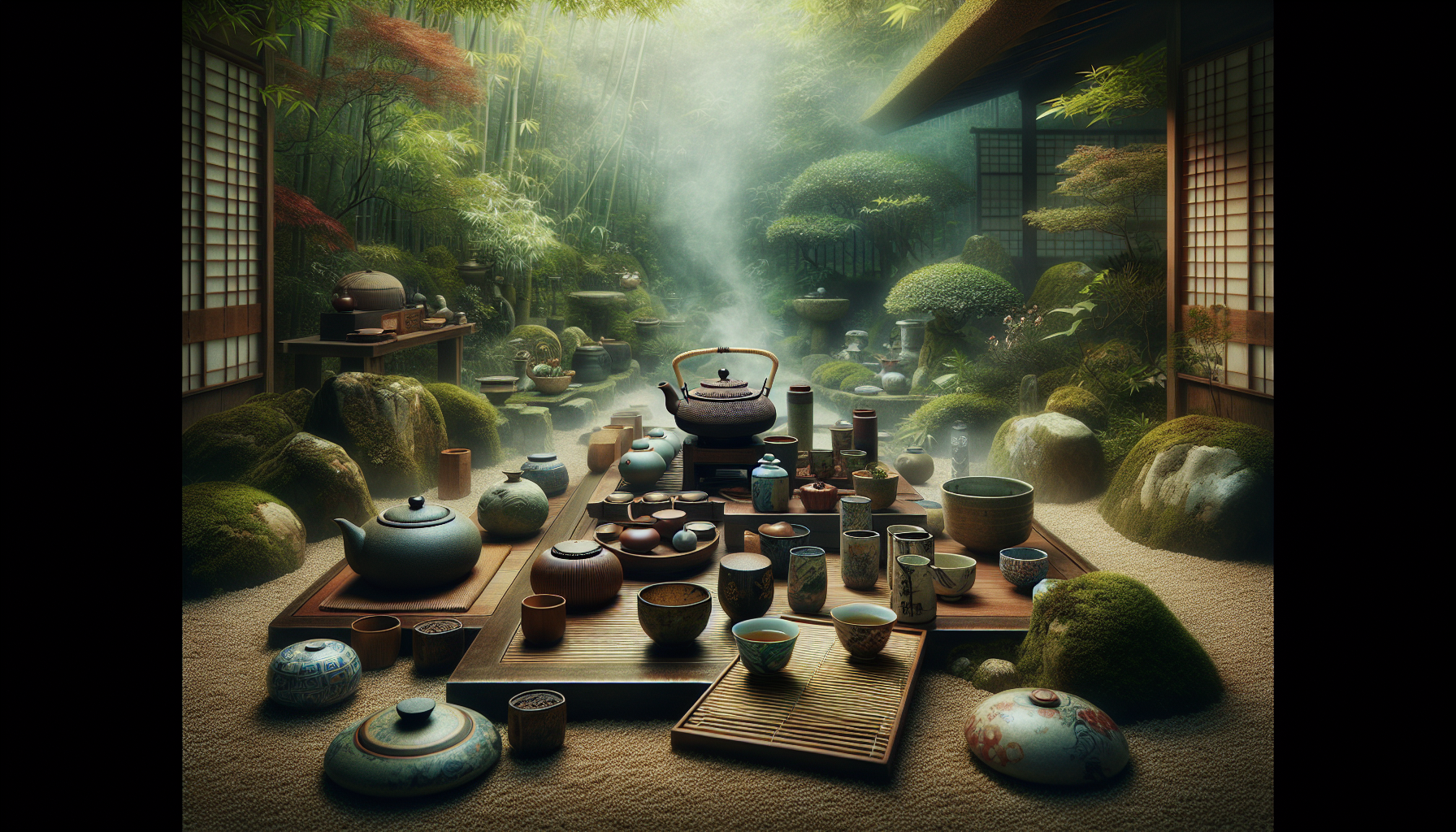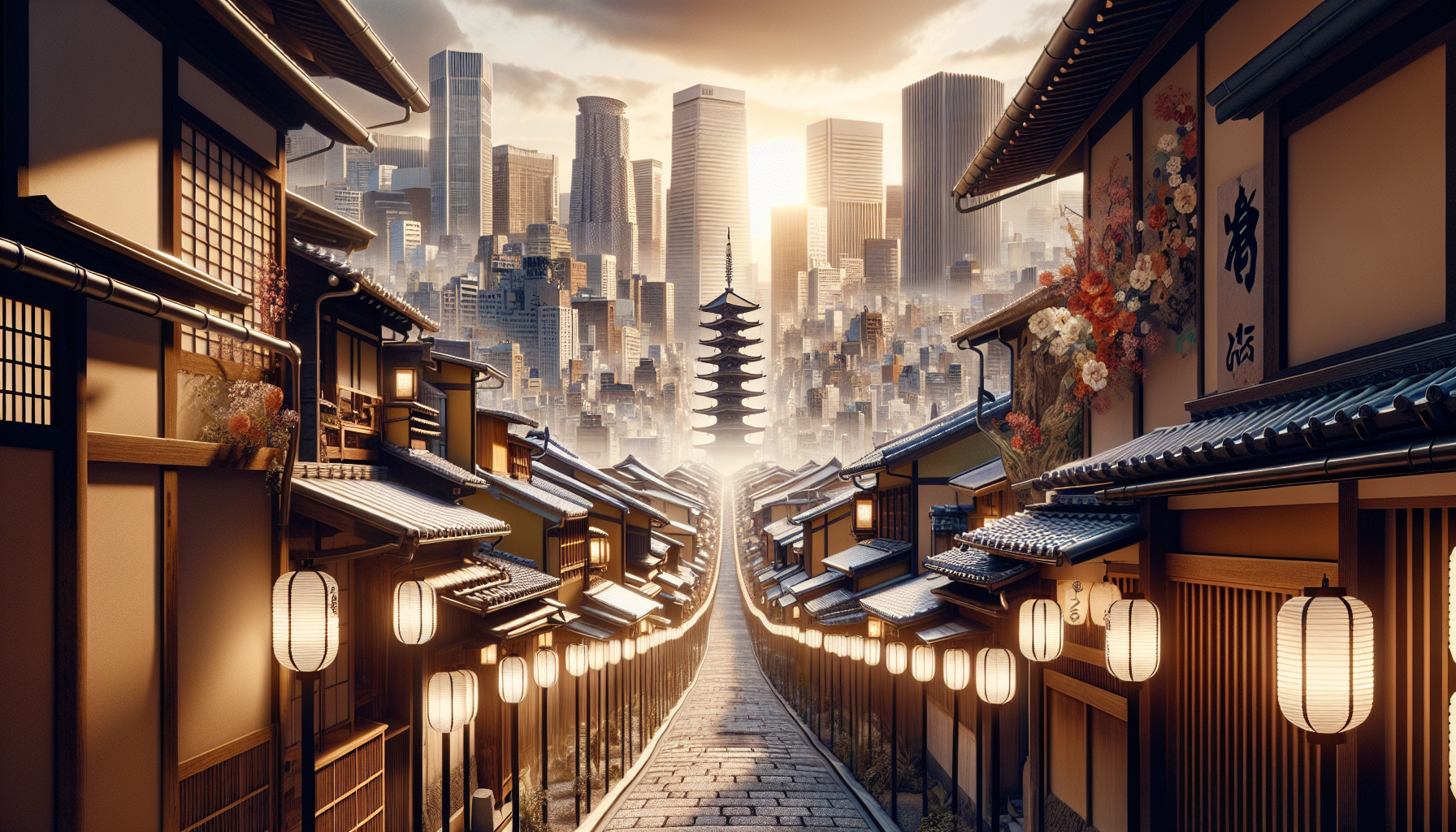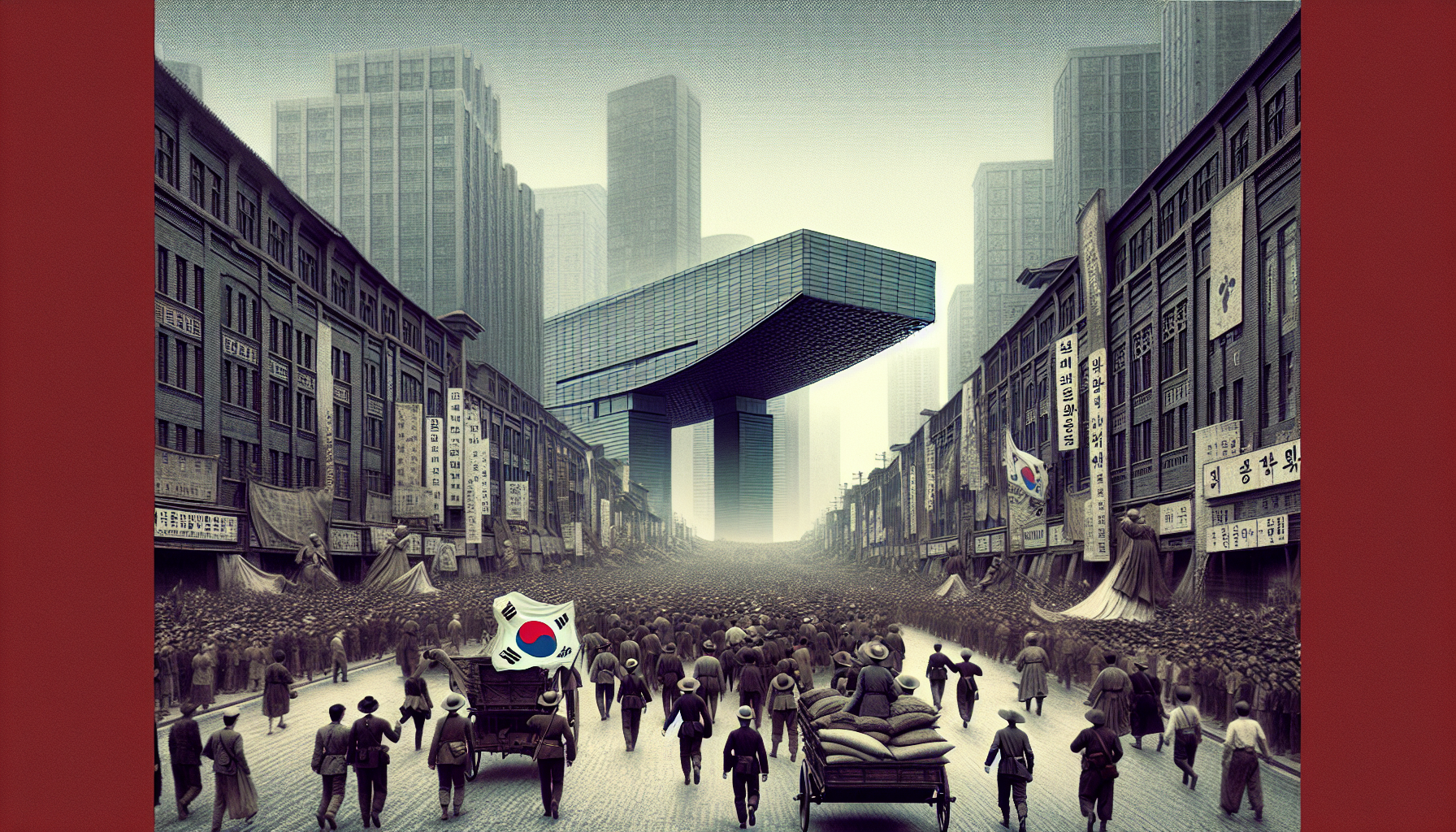Advertisements
Discover the ancient tradition behind the Japanese art of tea, a practice that goes far beyond simply preparing a hot beverage. The tea ceremony, known as “chanoyu” or “chado,” is a unique experience that involves ritual, respect, and connection with nature. In this article, we will explore the secrets behind this tradition and how it influences Japanese culture to this day.
Tea has a significant importance in Japanese culture, being considered both an art form and a philosophy of life. The preparation and consumption of tea is seen as a form of meditation, where each gesture is carefully planned and executed. The choice of utensils, the temperature of the water, the amount of tea and even the arrangement of the guests are essential elements in creating the perfect atmosphere for the ceremony.
In addition to being a unique sensory experience, the tea ceremony also promotes harmony, mutual respect and gratitude. It is an opportunity to slow down, relax and appreciate the present moment. By experiencing the Japanese tea tradition, you will have the opportunity to connect with one of the most beautiful manifestations of Japanese culture and experience the simplicity and elegance of this ancient practice.
Advertisements
Experiencing the Tradition of Tea: Discover Japanese Art and Flavor
The tradition of tea in Japan is a cultural practice that goes far beyond simply preparing and drinking a beverage. It is a ceremony that involves an entire philosophy, art and ritual, bringing with it centuries of history and meaning.
The Tea Ceremony
The tea ceremony, known as “chanoyu” or “chado,” is a practice that seeks harmony, respect, purity, and tranquility. Held in a space specially designated for the event, the ceremony is led by the host, who prepares the matcha green tea carefully and elegantly, following a series of precise and symbolic gestures.
The Art of Preparation
Preparing tea involves not only choosing high-quality ingredients, such as matcha and Japanese sweets, but also the way they are presented and served. Each gesture is performed with attention and reverence, creating an atmosphere of calm and contemplation.
- Careful selection of utensils: tea bowl, bamboo spoon, tea whisk;
- Preparing matcha: measure the right amount of powdered tea, add hot water and beat until a creamy foam forms;
- Serve with elegance: offer tea to guests with a graceful and respectful gesture.
Taste and Sensory Experience
Matcha tea has a unique and intense flavor that combines herbal, bitter and sweet notes. When tasting the tea, participants in the ceremony are invited to savor each sip slowly, appreciating not only the taste but also the texture and aroma of the drink.
Advertisements
Experiencing the Japanese tea tradition is an enriching experience that allows participants to immerse themselves in a culture rich in meaning and beauty. Through the tea ceremony, participants can connect with Japanese tradition and values, experiencing the art and flavor of one of the country’s most iconic beverages.

The Japanese tea tradition, especially the tea ceremony, is a practice that goes far beyond the simple consumption of the beverage. It is a true reflection of Japanese philosophy, where the focus is on the pursuit of harmony and simplicity. At the heart of this ceremony is the concept of wabi sabi, which values beauty in imperfection and transience. Every movement, from preparation to the moment of enjoying the tea, is executed with precision and intention, creating an atmosphere of tranquility and contemplation.
During the tea ceremony, the host prepares the drink with reverent calm, reflecting respect for nature and the presence of the guests. The choice of tea, usually matcha, a powdered green tea, carries symbols of purity and connection with the universe. The preparation of tea is a meditative ritual, where each gesture is performed slowly and precisely, inviting participants to disconnect from the fast pace of everyday life.
The ceremony also emphasizes the importance of sharing and gratitude. The way the cup of tea is offered, the words exchanged, and the glances exchanged are all expressions of mutual respect. By experiencing this practice, we are reminded that the true essence of tea lies not only in its taste, but in the emotions and connections it evokes.
In an increasingly fast-paced world, the Japanese tea tradition teaches us the importance of slowing down, reflecting and finding beauty in the simple things. Each ceremony is an opportunity to reconnect with the culture, history and values of a country that cultivates respect for nature and others.
Conclusion
In conclusion, the Japanese tea tradition is much more than simply preparing and drinking a beverage. The tea ceremony, known as “chanoyu” or “chado,” represents the search for harmony, respect, purity and tranquility. The art of tea preparation involves precise and symbolic gestures, from the careful selection of utensils to the elegant way of serving the drink to guests. The unique and intense flavor of matcha tea invites participants to savor each sip slowly, enjoying not only the taste but also the texture and aroma of the drink.
Experiencing the Japanese tea tradition is an enriching experience that allows participants to immerse themselves in a culture rich in meaning and beauty. The tea ceremony provides an opportunity to connect with Japanese values and history while experiencing the art and flavor of one of the country’s most iconic beverages. Whether for tea lovers or those seeking a unique cultural experience, the Japanese tea ceremony is sure to provide moments of peace, contemplation, and appreciation. After all, tea is not just a beverage, but a gateway to the rich tradition and aesthetics of Japan.
The Japanese tea tradition, with all its cultural richness and symbolism, invites us to appreciate the beauty in simplicity and to cherish moments of connection and gratitude. Each tea ceremony is an opportunity to reconnect with ourselves, others and nature, providing a moment of calm and contemplation amidst the hustle and bustle of everyday life. By experiencing this ancient practice, we are reminded of the importance of slowing down, appreciating the small details and cultivating harmony in our lives. The art of Japanese tea goes beyond a simple beverage; it is an invitation to immerse ourselves in a unique sensory and spiritual experience that connects us with the essence of Japanese culture.




